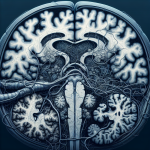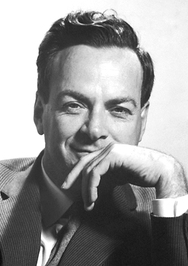
US Cannabis Policy Shifts Amid Political Changes
Recent Developments in Cannabis Policy Across the United States
Recent developments in cannabis policy across the United States indicate an evolving perspective on marijuana. The incoming appointment of former Rep. Matt Gaetz (R-FL) as attorney general by President-elect Donald Trump has led former Sen. Cory Gardner (R-CO) to express a hopeful outlook for the marijuana sector, implying a possible shift towards aligning national leadership with calls for cannabis legislation reform.
Dynamic Responses to Cannabis Policy at the State Level
Dynamic responses to cannabis policy are surfacing at the state level. A future representative of Pennsylvania has outrightly stated their opposition to any bills favoring cannabis reform. On another front, regulators in the nation’s capital are embroiled in legal challenges due to measures taken against marijuana ventures without proper licenses. In contrast, Arizona has been refining its policies surrounding medical marijuana, New York has set forth a fresh cannabis seed-to-sale monitoring system, and Michigan is actively seeking applicants for a financial assistance initiative aimed at fostering social equality in the cannabis industry. Washington State officials are reporting on strategies to alleviate the financial distress caused by drug-related enforcement actions. Additionally, Virginia’s Cannabis Public Health Advisory Council has gathered to deliberate on cannabis use implications and regulatory affairs.
Insights from Tom Angell, a Seasoned Cannabis Journalist
As a seasoned journalist on cannabis matters, Tom Angell possesses two decades of experience in lobbying for the amendment of cannabis laws. He has diligently followed and reported on the intersection of marijuana policy and political undertakings. Angell has been recognized as a credible source for insights on cannabis policy due to his establishment of the nonprofit organization Marijuana Majority and his previous involvement with numerous reputable groups including Marijuana.com, MassRoots, Law Enforcement Against Prohibition, and Students for Sensible Drug Policy.
Potential Transformation in Federal Cannabis Policy
The supportive comments made by Gardner hint at a possible transformation in federal cannabis policy, potentially seeing it regulated in a manner similar to alcohol and tobacco. The anticipated consequences of Gaetz taking on the Attorney General role illuminate the changing tides in regards to cannabis policy, indicating a potentially bright future for the marijuana industry as political leaders set new courses of action.








